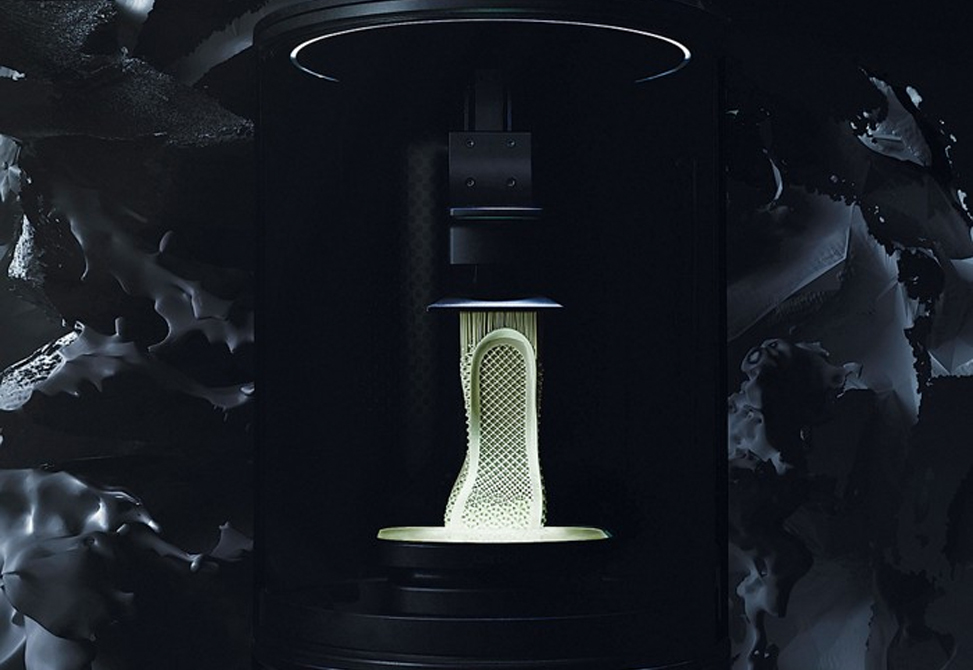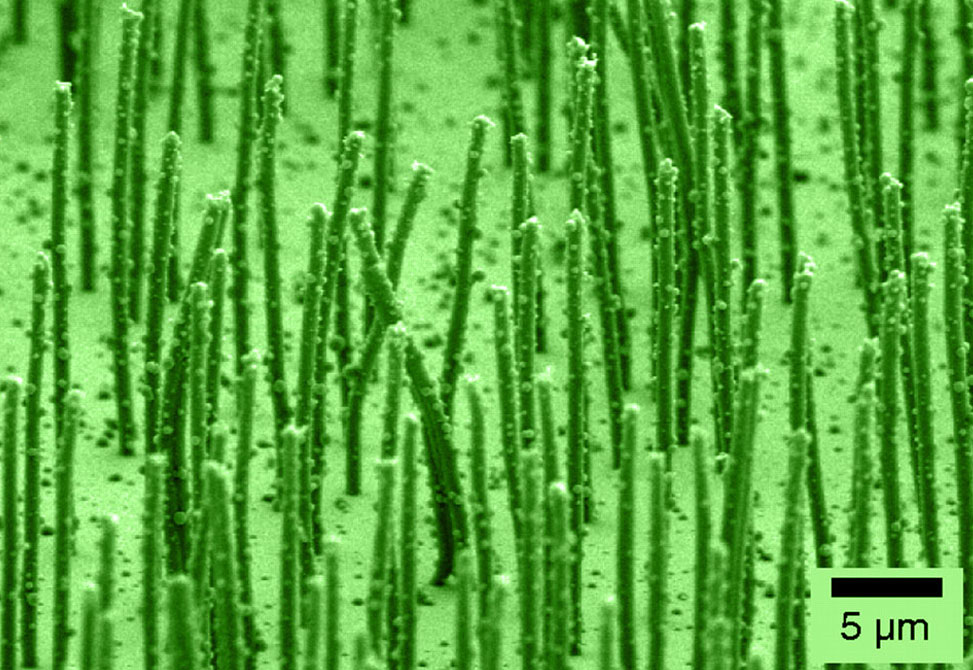Translational
Translational Engineering
Many of the most intractable challenges of our time are too complex to be solved by a single discipline. The Translational Engineering area aims to apply an engineering approach to solve some of the world’s most critical and challenging problems. This highly interdisciplinary focus area leverages expertise from a variety of fields, including computer science, data science, chemistry, biomedical engineering, physics, medicine, and mathematics. Researchers from these broad fields of expertise collaborate to develop new imaging technologies, therapeutic strategies, and products that ultimately promise to solve some of the world’s most complex problems.
Faculty in This Group
Recent Publications
3D Printing Revolution. Joseph M. DeSimone. C&EN, July 1, 2018.
Super-Resolution Community Detection for Layer-Aggregated Multilayer Networks. Dane Taylor, Rajmonda S. Caceres, and Peter J. Mucha. Phys. Rev. X 7, 031056.
Comparing shared patient networks across payers. J. G. Trogdon, W. H. Weir, S. Shai, P. J. Mucha, T. M. Kuo, A. M. Meyer & K. B. Stitzenberg. Journal of General Internal Medicine, Volume 34, October 2019, 2014–2020.
Metabolomic Networks Connect Host-Microbiome Processes to Human Clostridioides difficile infections. John I Robinson, William H Weir, Jan R Crowley, Tiffany Hink, Kimberly A Reske, Jennie H Kwon, Carey-Ann D Burnham, Erik R Dubberke, Peter J Mucha, and Jeffrey P Henderson. J Clin Invest, Volume 129, Issue 9, August 12, 2019, 3792–3806.
Intercalation of Layered Materials from Bulk to 2D. Madeline S. Stark, Kaci L. Kuntz, Sean J. Martens, and Scott C. Warren. Adv. Mater., Volume 31, May 8, 2019.
Care coordination and multispecialty teams in the care of colorectal cancer patients. J. G. Trogdon, Y. Chang, S. Shai, P. J. Mucha, T.-M. Kuo, A. M. Meyer & K. B. Stitzenberg. Medical Care, Volume 56, May 2018, 430–435.
Biomimetic Cilia Arrays Generate Simultaneous Pumping and Mixing Regimes. A. R. Shields, B. L. Fiser, B. A. Evans, M. R. Falvo, S. Washburn, and R. Superfine. PNAS, Volume 107, Issue 36, September 7, 2010. 15670-15675.
Magnetically Actuated Nanorod Arrays as Biomimetic Cilia. Evans, B.A., A.R. Shields, R.L. Carroll, S. Washburn, M.R. Falvo, and R. Superfine. Nano Lett., Volume 7, Issue 5, April 10, 2007, 1428-34.
Gelator Length Precisely Tunes Supramolecular Hydrogel Stiffness and Neuronal Phenotype in 3D Culture. Jacqueline M. Godbe, Ronit Freeman, Lena F. Burbulla, Jacob Lewis, Dimitri Krainc, and Samuel I. Stupp. ACS Biomater. Sci. Eng., Volume 6, Issue 2, January 17, 2020, 1196–1207.




